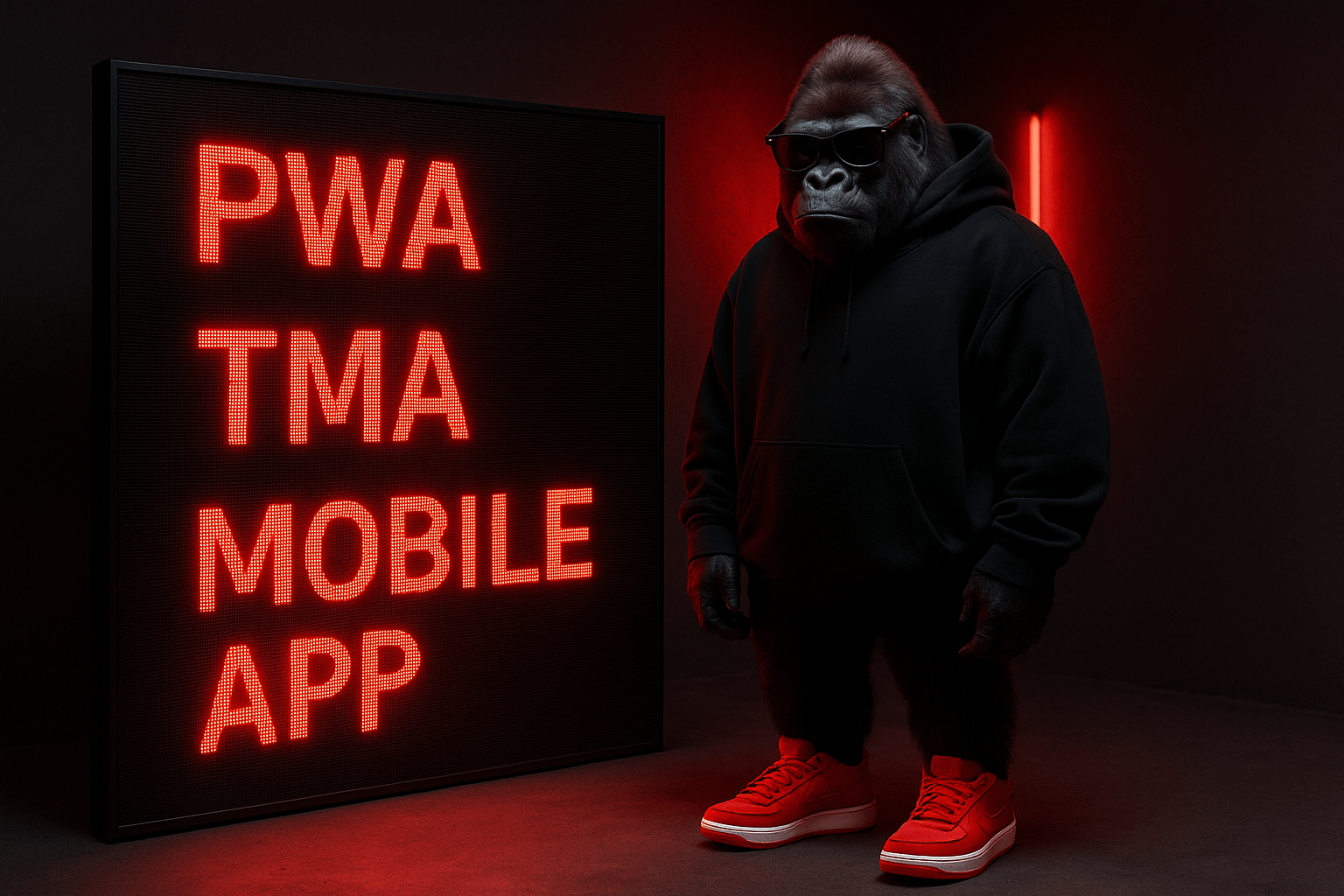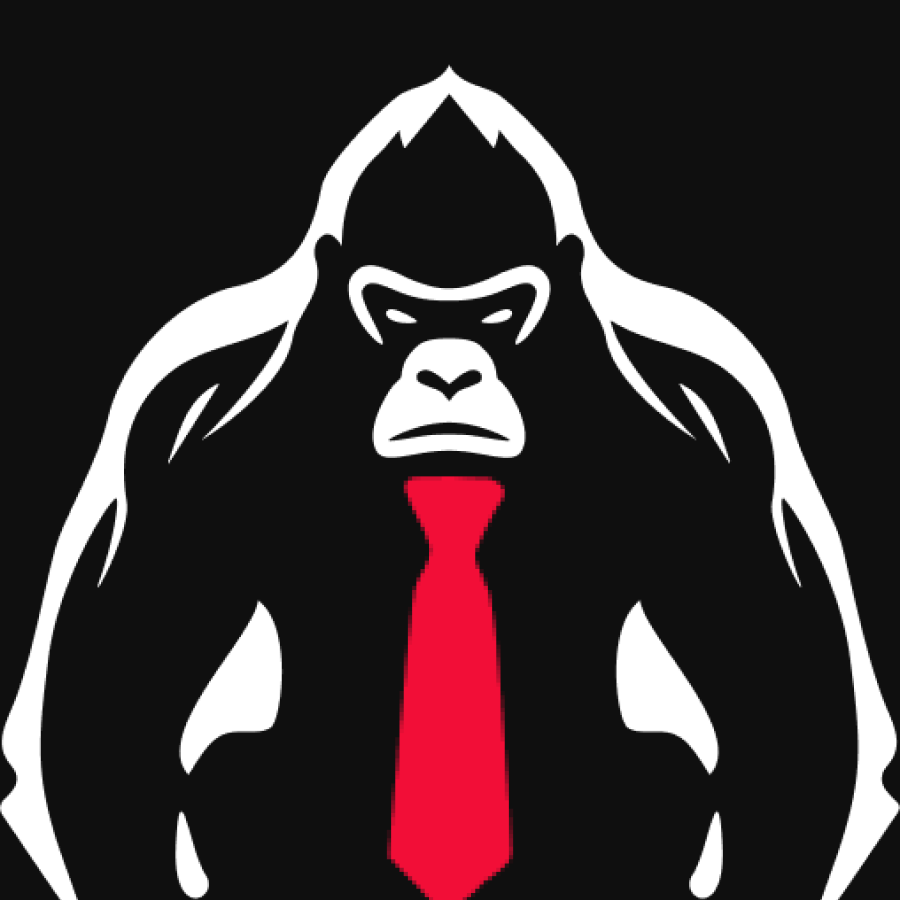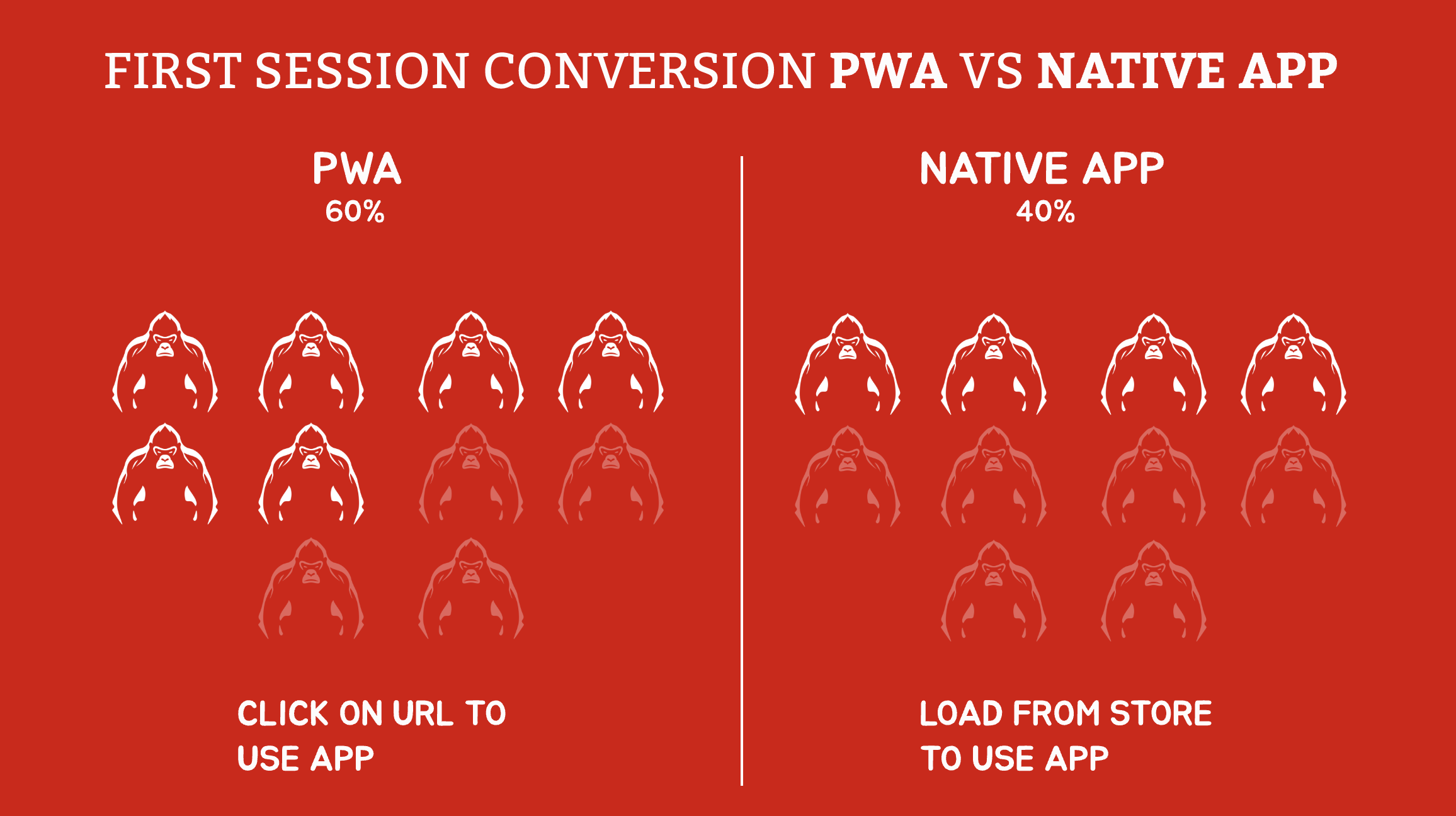Quick definitions (so we speak the same language)
-
TMA (Telegram Mini App) — a web app that opens right inside Telegram. No installation, one-tap launch, auto-filled user profile. Think of it as a “website inside the messenger,” but with smoother onboarding and built-in Stars payments.
-
PWA (Progressive Web App) — a website that “acts like an app.” You can add it to the home screen (on iOS this still opens in the browser ), it supports offline caching, push (partially), and some device capabilities. The big win : PWAs are indexable by search engines and great for SEO traffic.
-
Native app — a classic iOS/Android app from the stores. Installed on the device, with full access to system APIs (camera, location, Bluetooth, sensors, background tasks). It’s more time and money to build, but it’s the gold standard for serious products — not just a workaround.

Core idea: users don’t care where you live — site, native app, or Mini App. They care about getting value fast . To test a hypothesis, start on the channel with the least friction for your audience.
TL;DR
- Pick TMA ✉️ — when speed matters, one-tap entry (no install), your audience lives in Telegram, you rely on micro-payments and virality.
- Build a PWA 🌐 — when you need SEO traffic, publications/catalogs, the open web, and “website-style” integrations.
- Go native 📱 — when you need deep device features, heavy offline/background services, OS-level push, and store presence.
Fun fact: in 2025 Telegram passed 1B MAU — the audience is there and it’s active. Source
Compare in detail
| Criterion | Telegram Mini App | Website (PWA) | Native app |
|---|
| Launch & entry | One tap from Telegram, no install | Link from anywhere, login depends on your flow | Install from store, long first session |
| Audience access | Already “inside” Telegram, easy to share | Requires SEO/ads/partners | Store promotion, ASO |
| Onboarding | Telegram profile → passwordless sign-in | Custom login/SSO | Registration + OS permissions |
| Payments | Stars / acquiring | Acquiring / payment forms | IAP / store subscriptions / acquiring |
| MVP speed | 3–6 weeks | 4–8 weeks | 2–4 months |
| Maintenance | Web app + bot | Web app | Two platforms (iOS/Android) |
| TCO | Low/medium | Low/medium | Medium/high |
| Native features | Camera/geo/mic — covers 80–90% of cases | Browser-limited | Full native + background processes |
When TMA is a clear win
- MVP/pilot where you must validate a hypothesis in 3–6 weeks .
- Your audience is already on Telegram (channel, community, partner placements).
- “Short” scenario: select → pay/apply → access; donations/subscriptions/digital goods matter.
- You need virality (referrals, deep links, sharing to chats/channels).
- Russia context: store publishing and billing can be complicated for Russian users; TMA helps you start faster. Google on billing in RU & BY
Why TMA is convenient for launching in Russia
- No stores or release cycles — ship updates like a website.
- Sell digital goods/subscriptions via Stars/invoices.
- Early metrics without full iOS/Android CI/CD and long reviews.
When a website (PWA) is better
- SEO is critical. You need indexing, long-reads, docs, public catalogs. What is a PWA — MDN
- Wide reach outside Telegram. Links from search, social, partners.
- Content marketing. Blog funnel, UTM, A/B tests, open analytics.
- Complex forms/integrations “like a site.” Corporate flows, dashboards.
PWA — pros
- One web codebase is cheaper to maintain. Simple releases.
- Great for content and SEO. Works “anywhere there’s a browser.”
- Can cache and work partially offline.
PWA — cons
- Browser limits: background work, access to sensors/Bluetooth.
- Onboarding conversion is often lower than TMA (no “one-tap entry”).
- Payments — standard acquiring → more steps.
When a native app is better
- Offline-first/background. Media, tracking, sync, queues.
- Deep integrations. Bluetooth/NFC, CarPlay/Android Auto, AR/VR, vendor SDKs.
- Marketing presence. Ratings/reviews/ASO, store shelf space.
Native — pros
- Maximum access to device and system APIs. If you need full access — it’s the only option .
- OS-level push, widgets, shortcuts: retention is 1.5–2× higher vs the web.
- Average LTV is consistently higher (especially e-commerce & subscriptions).
- App Store/Google Play are a marketing channel of their own with ratings & reviews.
- Easier to scale into a full product within one platform once you’ve proven value.
- Status matters — having your own native app is cool, stylish, and on-trend .
Native — cons
- Two platforms (iOS/Android) + releases/reviews → more time and cost.
- Installation is a barrier: first-launch conversion is lower.
- Store rules/payouts/billing add operational risks (especially for Russia).
Marketing angle
- Your icon on the home screen is a free billboard — the brand is always in sight.
- Push notifications = regular touchpoints not available on the web.
- Store ratings & reviews create social proof and trust.
💡 Bottom line: if you think 3–5 years ahead and plan a serious digital product, sooner or later you’ll end up in native. The rest are quick tests and stepping stones. Know the path and the goal you’re moving toward.
Overall strategy
- Run the checklist. Where’s your audience? What are your traffic channels? Which features are critical?
- Start where friction is lowest. Often TMA or PWA.
- Measure. Conversion to payment/lead, retention, LTV/CAC.
- Scale. Hit the ceiling of features/offline — migrate to native smoothly.
Ballpark costs (RUB)
| Package | What’s included | Timeline | Budget |
|---|
| MVP start (TMA/PWA) | 5–6 screens, auth, 1 payment/lead flow, basic admin | 3–5 weeks | ₽ 400–700k |
| Advanced | Cart/subscriptions, referrals, analytics, roles, integrations | 5–8 weeks | ₽ 700k–1.5m |
| Pro Max Ultima Premium Hype Flex | Multi-roles, moderation, balances, complex integrations | 8–12+ weeks | ₽ 1.5–3m+ |
Don’t want to dive into every nuance?
Just send us your idea — we’ll show what fits best and why
Telegram: @madmaterials_support_bot
Email: team@madmaterials.com






